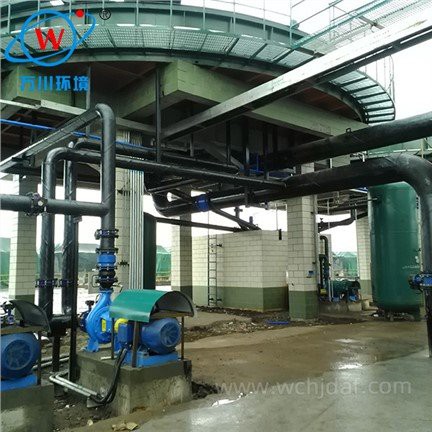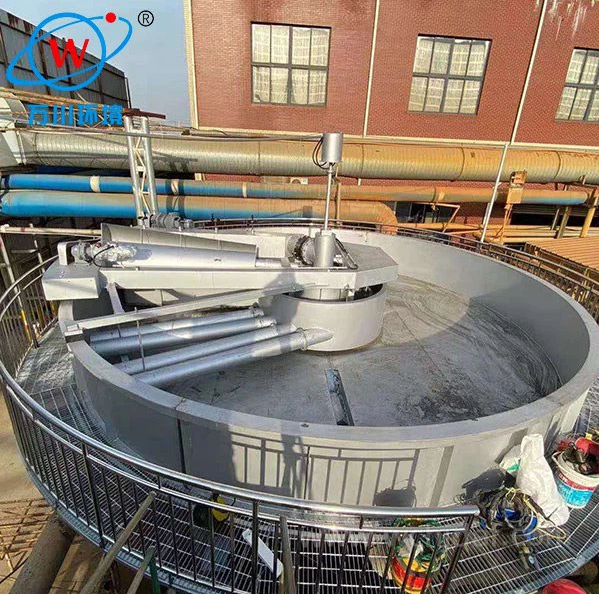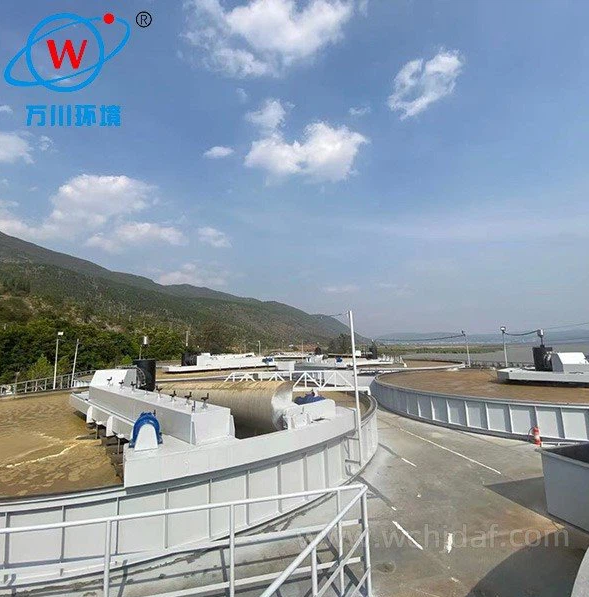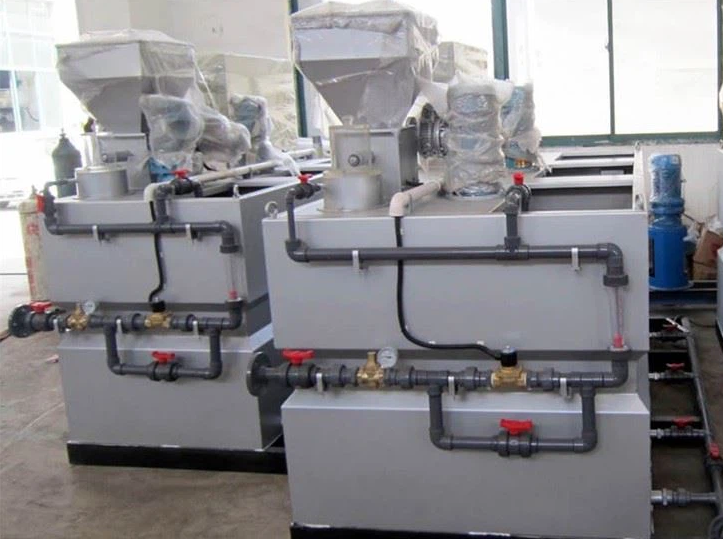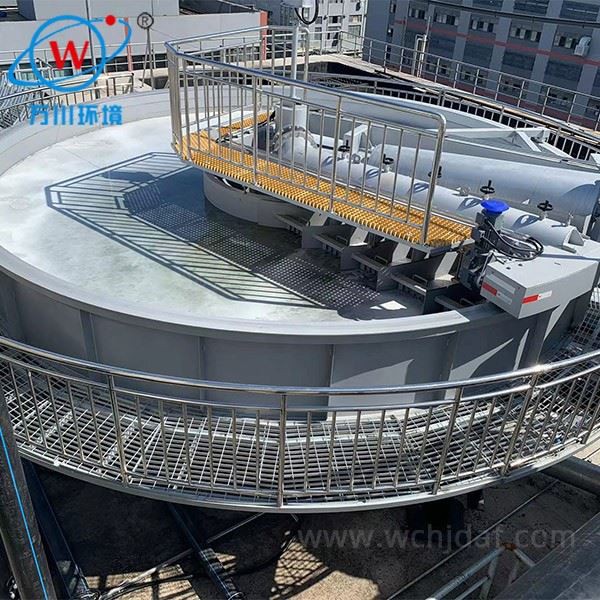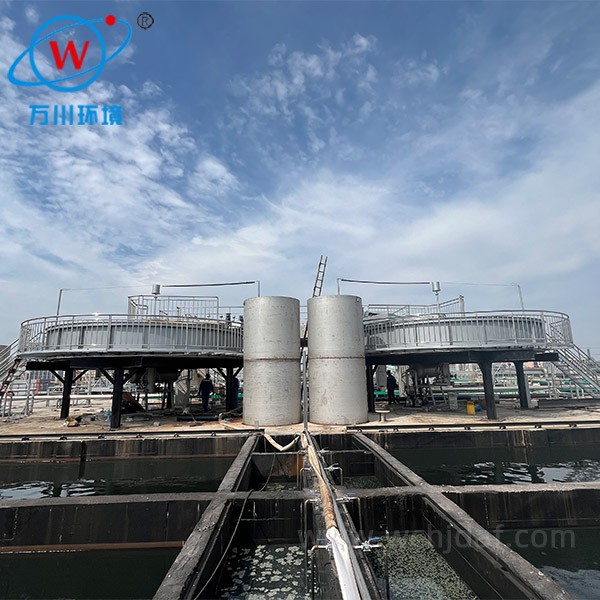Sludge Characteristics & Yield Analysis
Understanding the relationship between sludge morphology, separation efficiency, and sludge yield
Sludge Morphology and Yield Correlation
This process uses bubbles to absorb pollutants, forming a sludge. Compared to sludge produced by traditional sedimentation, the sludge has a lower moisture content and a looser structure.
For a given processing volume, the volume of the sludge is typically smaller than that of the settled sludge, resulting in a reduction in sludge volume.
However, it should be noted that the sludge is essentially a concentrated aggregate of pollutants, with a dry matter content similar to that of sludge.
Impact of Separation Efficiency
Efficient bubble adsorption reduces pollutant residue in the water, lowering the load on subsequent treatment units and indirectly reducing secondary sludge production.
If the process operates stably, more pollutants can be transferred to the sludge, preventing them from entering subsequent processes with the effluent and converting into other sludge forms.
However, if separation is incomplete, residual pollutants may circulate within the system, increasing overall sludge production.
Sludge Volume Comparison
- Compared to sedimentation processes, this process streamlines the sludge treatment process
- Reduces the amount of additional sludge generated during sludge thickening and dewatering
- Traditional sedimentation sludge requires multiple treatments to meet discharge standards
- This process may generate additional sludge due to the addition of chemicals
- Sludge can be directly scraped off for subsequent treatment
- Minimal sludge buildup during these steps, resulting in significant overall advantage
Process Conditions Impact
- The dosage and type of chemical affect sludge production
- Excessive use of flocculants can lead to increased sludge volume
- Appropriate chemical selection and controlled dosage can reduce unnecessary sludge buildup
- Improper adjustment of operating parameters can lead to excessive entrainment
- Bubble size and water flow rate affect sludge quality
- Optimizing process conditions can result in a purer sludge volume
Sludge Volume Comparison
Process Comparison
| Parameter | Traditional Sedimentation | Bubble Adsorption Process | Optimized Process |
|---|---|---|---|
| Sludge Volume | High | Medium | Low |
| Moisture Content | High (~98%) | Medium (~95%) | Low (~92%) |
| Treatment Steps | Multiple required | Reduced | Minimal |
| Chemical Usage | Variable | Moderate | Optimized |
| Overall Efficiency | Standard | Improved | High |

